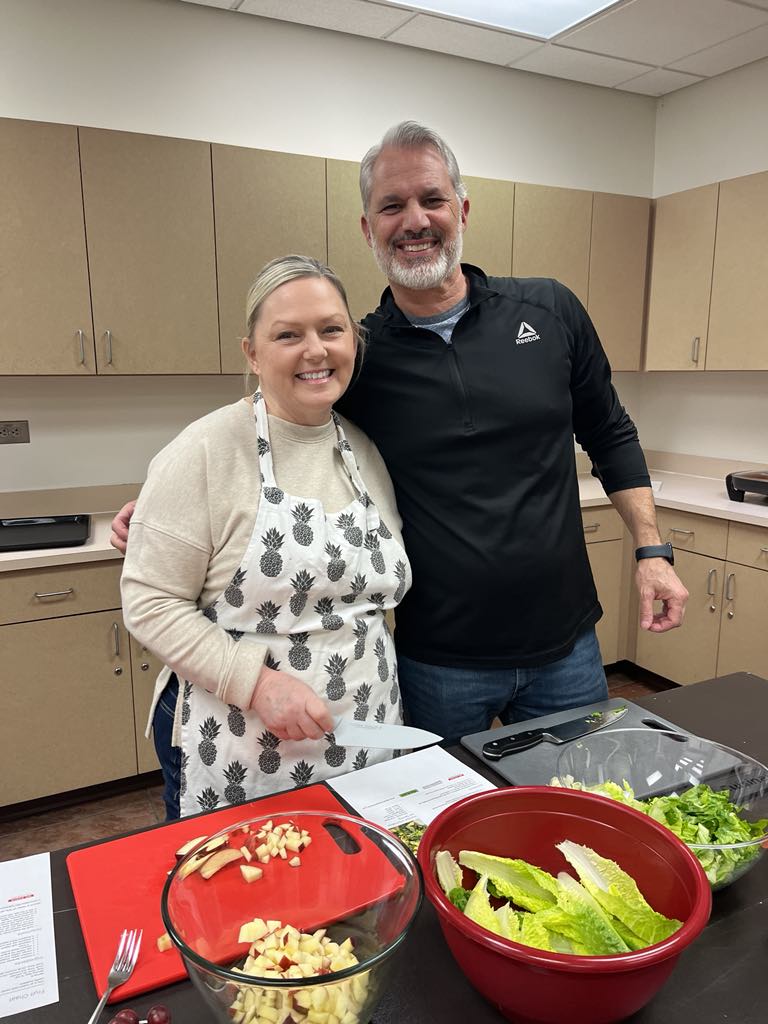Eating More Fruits and Veggies
go.ncsu.edu/readext?1072479
en Español / em Português
El inglés es el idioma de control de esta página. En la medida en que haya algún conflicto entre la traducción al inglés y la traducción, el inglés prevalece.
Al hacer clic en el enlace de traducción se activa un servicio de traducción gratuito para convertir la página al español. Al igual que con cualquier traducción por Internet, la conversión no es sensible al contexto y puede que no traduzca el texto en su significado original. NC State Extension no garantiza la exactitud del texto traducido. Por favor, tenga en cuenta que algunas aplicaciones y/o servicios pueden no funcionar como se espera cuando se traducen.
Português
Inglês é o idioma de controle desta página. Na medida que haja algum conflito entre o texto original em Inglês e a tradução, o Inglês prevalece.
Ao clicar no link de tradução, um serviço gratuito de tradução será ativado para converter a página para o Português. Como em qualquer tradução pela internet, a conversão não é sensivel ao contexto e pode não ocorrer a tradução para o significado orginal. O serviço de Extensão da Carolina do Norte (NC State Extension) não garante a exatidão do texto traduzido. Por favor, observe que algumas funções ou serviços podem não funcionar como esperado após a tradução.
English
English is the controlling language of this page. To the extent there is any conflict between the English text and the translation, English controls.
Clicking on the translation link activates a free translation service to convert the page to Spanish. As with any Internet translation, the conversion is not context-sensitive and may not translate the text to its original meaning. NC State Extension does not guarantee the accuracy of the translated text. Please note that some applications and/or services may not function as expected when translated.
Collapse ▲May is celebrated as National Mediterranean Diet Month. As a Family and Consumer Sciences agent with N.C. Cooperative Extension, one of our program offerings is a program highlighting the mediterranean pattern of eating. We’re celebrating the month of May by sharing a few of the highlights of the Mediterranean diet or key takeaways from past participants. So far we’ve shared about whole grains and reading Nutrition Facts Labels. This week, we’re sharing practical ways to increase fruit and vegetable intake.
There can be a lot of misinformation and confusion about nutrition- especially in a time with information so readily available and widespread with technology. However, eating more fruits and vegetables is one topic that most all dietary patterns, nutrition experts, and medical professionals can agree upon. This is because there is so much evidence to support the benefits of a diet heavy in fruits and vegetables.
The evidence is clear- our diets (and plates) should be built around fruits and vegetables. So why aren’t they? Take a moment to think about what barriers you and others may face that prevent them from eating more fruits and vegetables. In our full six week program this is a conversation we have to identify and potentially address barriers. Some of the most common reasons we hear are cost, difficulty in cooking (or knowing how to prepare), and in general not liking them or liking other things better.
We can’t address it all in one newspaper article, so let’s focus on cost effectiveness to start. Buy on sale. We can build our menu around the available fruits and vegetables that work for our budgets. Most stores publish their sales catalog for the week, so we could use this circular to plan our meals for the week before ever heading into the store. This planning alone can keep us focused and more likely to reduce overspending and impulse buying at the store. Don’t let buying organic or exotic varieties of fruits and vegetables keep you from eating more. Eat more fruits and vegetables whether they are conventionally or organically grown. Choose organic if it is within your budget and is your preference, but don’t let this label keep you from consuming more fruits and vegetables.
Buying canned or frozen is one last tip for cost effectiveness. They can be a great budget-friendly option to get more fruits and vegetables to your plate. Choose options that have no or reduced added salt and season while you cook. Look for fruits packed in water or its own juices.
Nutrition is often viewed within an idea that we have to overhaul our whole lives. Start small. What could you change about your dinner plans tonight to just be a little more mindful of fruit and vegetable consumption? Without altering the main dish completely could we add a salad that we enjoy? Or a can or fruits or vegetables we might already have on hand? Next week is meal prepping a sheet pan of roasted vegetables to have on hand throughout the week something that is manageable within your schedule? Could we cook a double recipe for dinner one evening to have a grab and go option ready for lunch tomorrow?
For more information on the Mediterranean diet or upcoming Med Instead of Meds programming, visit go.ncsu.edu/duplin-mim or email rachel_ezzell@ncsu.edu.
Sources:
Med Instead of Meds
FDA




